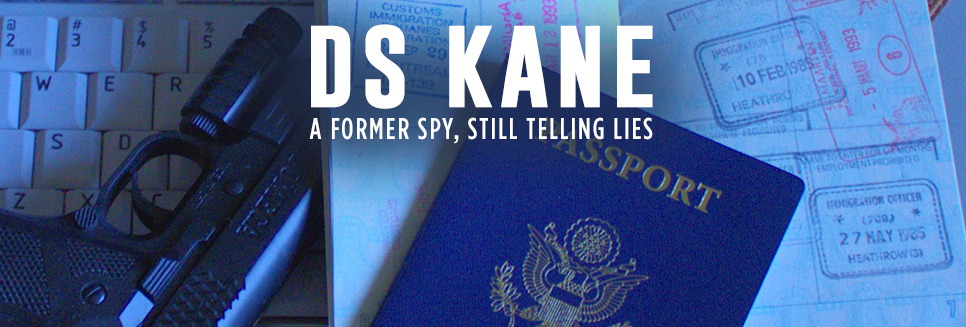The days of cold-war micro-cameras
are over.
Everyone carries a cell
phone that can do the job. The cell will have a USB connection for recharging,
and that very port can also connect the cell phone to a large-scale storage
device or even a computer. It can also store locally on a micro SD card, and
the card can easily be exchanged and handed off to a courier. Keeping the card
within the cell phone for the shortest possible time means less possibility of
detection by an intelligence agency with technical snooping capabilities. Once
the micro SD is out of the cell phone, no detection is possible. Your only
problem is finding a safe place to make a switch of the micro SD with the
target intelligence for a fresh one.
For those with better
technology in their spy services, even air-gapped computers aren’t safe from
snooping. The Israelis have “smart dust,” which looks like real dust, but can
grab the data off a computer and then pirate onto any network and send the
information back to the handlers somewhere far away. And, if it’s possible to
get to the physical location of the computer, just a few seconds is enough to
embed a sniffer into it. This tiny piece of tech copies the hard drive and all
the data received or keyed, and transmits it out.
The only question is
whether the folks being pilfered have the tech to detect they’ve been buggered.
And, that’s why tech keeps changing: it’s a war of constant updates.
Dead drops (a safe
place to store the micro SD card until a partner can retrieve it, sometimes
referred to as a “slick”) have been replaced by uploads to the draft folder of
a web site, or placement into the actual code of an MMORG computer game. Or
placement within a .jpg photograph which the spy then uploads onto a Facebook
page or sends out via a tweet.
A brave new world of
continuous technological change.

No comments:
Post a Comment